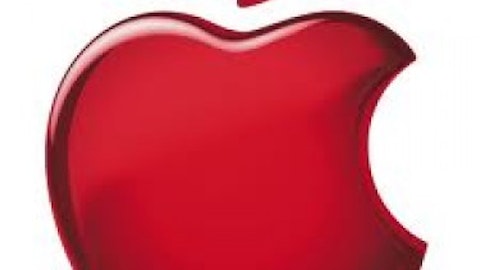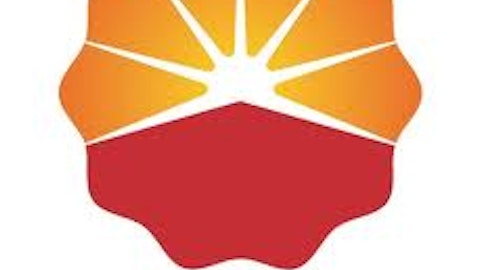Our calculations show that imitating David Einhorn’s 13F filings would have yielded a monthly alpha of 47 basis points between 1999 and 2011. The monthly alpha declines to 25 basis points between 2008 and 2011 (read how to calculate alpha and beta). It is obvious that imitating Einhorn’s entire 13F portfolio is a better alternative to index funds. However, the outperformance isn’t that big.
We aren’t out of luck though. Another advantage of imitating a hedge fund’s 13F filings is that we don’t have to imitate every single position. We can imitate only a subset of the disclosed holdings. One alternative is investing in Einhorn’s top 10 positions, while another option is investing in his small and mid-cap stock picks.
We actually prefer this second method better. Our analysis indicates that imitating Einhorn’s top 10 positions would have been a terrible idea since 2008. As indicated in his 13F filings, his top 10 holdings have underperformed the market by 29 basis points per month. The risk adjusted returns were even worse: a monthly alpha of -60 basis points.
Our analysis shows that imitating Einhorn’s small and mid-cap stock picks is indeed a pretty good idea. Einhorn’s long positions in small and mid-cap stocks (market cap < $5B) returned 1.34% per month between 1999 and 2011, versus the market’s 0.25% monthly return over this time period. Between 2008 and 2011, these stocks actually gained an average of 0.94% per month, versus 0.05% for the market.
These results reveal a huge secret about David Einhorn and Greenlight Capital. David Einhorn has a significant edge in picking small-cap stocks, and has been a rather pedestrian large-cap investor recently.
This isn’t the end of the story though. If Einhorn has an edge in small-cap investing, we can further restrict our universe to stocks with a market capitalization below $2 billion. Our analysis indicates that this is indeed a good move. Einhorn’s small-cap picks returned an average of 1.25% per month between 2008 and 2011. Recall that the market’s return was a miniscule 0.05% per month during the same period. The strategy’s alpha, 0.69% per month, was also significantly higher than what most hedge funds can generate on the average.
This is actually a very consistent pattern across all equity hedge funds. Their large-cap stock picks perform relatively poorly whereas their small-cap stock picks generate significant alpha. We developed an investment strategy that invests in some of the most popular small-cap stocks among hedge funds. Between 1999 and 2009 this strategy generated a monthly alpha of 120 basis points (51 basis points higher than Greenlight’s alpha). We started publishing a quarterly newsletter at the end of August and shared the stock picks of this strategy. Since then this strategy returned 14.3% (between September and December) vs. 2.1% for the S&P 500 index (read the details here). If investors want to piggyback hedge funds like Greenlight Capital, they should focus on their small-cap stock picks.
Disclosure: I have no positions in any of the stocks mentioned above





